But if I have learned anything going to the WFTC's over the years is to take things in stride.
As heartbreaking, and distressing, and depressing, the scores may be, you are still here.
You owe it to yourself, and to your gun, to craft EACH shot to the best of your ability.
Sometimes it will seem the gun does not agree with you on this but, if you look closely you will find that you didn't fully supported her needs. More on that when we post the Day 3 entry, but for now, I will only say that to improve in FT you need practice and dedication, and one more important quality: you need to be truthful to your own self.
But, we're getting ahead of ourselves, let's take an overview of the Day 2 that is the first day of actual competition.
Day starts with another round of practice and sighting-in. After this, competitors concentrate at the entrance to the courses and await the safety briefing:
A bit windy, but that is in the nature of a country where no point is more than a 70 miles from the sea and there are seagulls everywhere, just to illustrate how "flat" it is.
As explained yesterday, the courses had been set in the woods, which would offer some cover from the open wind.
As we have always maintained, FT at the World's level is a distance game.
Almost ALL targets are between 38 and 55 yards.
Along the lanes, you find the Chrono station. All rifles get tested each day.
WFTF has taken the determination that the official Chrono for these events is the Czech Air-Chrony
And so, there are always chronys available at the sighting-in range and at the equipment checkup.
It is per the rule book, in WFTC's, to number the targets so you have a correlation between the target you are shooting and the lane in which you are.
If you are on your first shot and you are in lane 19, then the first shot has to be on target 37 and the second on target 38
Shooting out of order gets the hit (if any) cancelled.
You can see there are two targets, but you cannot see how the left target is mounted.
The organization, again, was excellent in general, there were only two cold lines called and those were quickly and effectively resolved.
It called my attention that, for years I have been advocating using grass marking paint/survey paint for the targets, and that is exactly what the WFTC's is using:
It is normal for Marshalls to revert to what THEY consider "good", in other words, what is done in their respective clubs or federations, that is human. But in the WFTF there are more than 35 countries, and there ARE comprehensive rules.
Marshalls should STUDY those rules, abide by them and not "invent" rules that are not in the Comprehensive Rules. Nor should they stop enforcing those rules that ARE part of the comprehensive rules.
IF the organizers consider something to be a "SAFETY" issue, then it should be part of the "safety" briefing. That is what it's there for.
As a common "tourist", if you see that the pathways are narrow, the positions somewhat restricted and you want to be respectful of the shooter that is in the box, you do NOT approach the line to put down your rifle. You remain respectfully BEHIND, where you know you are not distracting him/her.
Well, after doing just that and watching a lot of people do that
I guess it's part of the cultural differences. We consider a cased rifle a "holstered gun", but here it is not considered "safe", even in a case.
I am not against each range adopting whatever safety measures they want/deem proper, that is what Marshalls are there for, BUT there should be more coordination and safety issues should be part of the safety briefing.
A LOT of fuss was raised by some of the RGB's within WFTF about the foot position in the kneeling lanes.
Endless discussions about it ensued but in the end, a solution was decided upon and the rule was adopted that the foot needed to be vertical.
But this was not uncommon among the UK shooters:
As I have always maintained, there is no rule more unfair than that which is not enforced.
Did I go looking for a Marshall? Nope. I'm an American, we are not snitches.
Did I present a formal observation or comment? Nope! I did that in Lisbon and never got an acknowledgement or an answer.
So, ¿Why worry?
Because in two years' time, there is a good chance we (the USA) could be hosting the WFTC's 2021
And if we want to do things well, we need to take note of all "the small stuff".
EVERY GP safety briefing I've been to, usually presents the question of the kneeling position, and so, it has become almost a habit to re-hash that. Expediency should not take the place of completeness.
We'll see what happens in the future. It is always good to learn from each day we live.
And on this note, let me confess that I did badly.
I CHOSE to believe what the sighting-in range was telling me. And just as the Long Island (NY) sighting-in range, it fools you (this is another lesson for when it is time for us to organize it.- providing a GOOD sighting-in range is more than putting a lot of paper targets out there.)
People will travel thousands of miles if they go to the US to shoot, as we all know, things happen to airguns when we travel. The least we can do is provide a good sighting-in range.
Luckily, I had obtained enough ballistic data from BlackBrook and that info is solid, but the zero was simply not where it should be.
The first half of the day was terrible, but I could recover some by the second half. Missing only two in each of the last two "decades".
And we are already thinking of ways to overcome this, part of it is, of course, practice more and test less. I am always testing things, but I need to concentrate on "perfecting", which in latin means "finishing", a system to shoot.
That will be the mission, and the trip will be most interesting.
Keep well and shoot straight!
HM
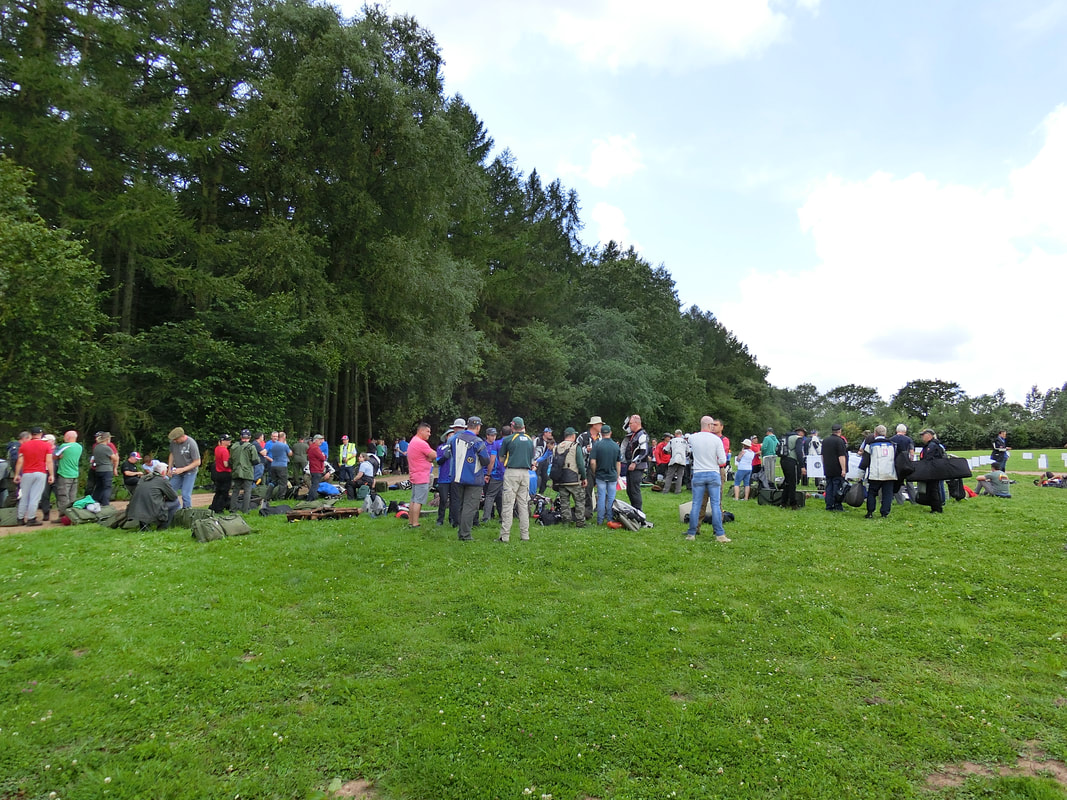
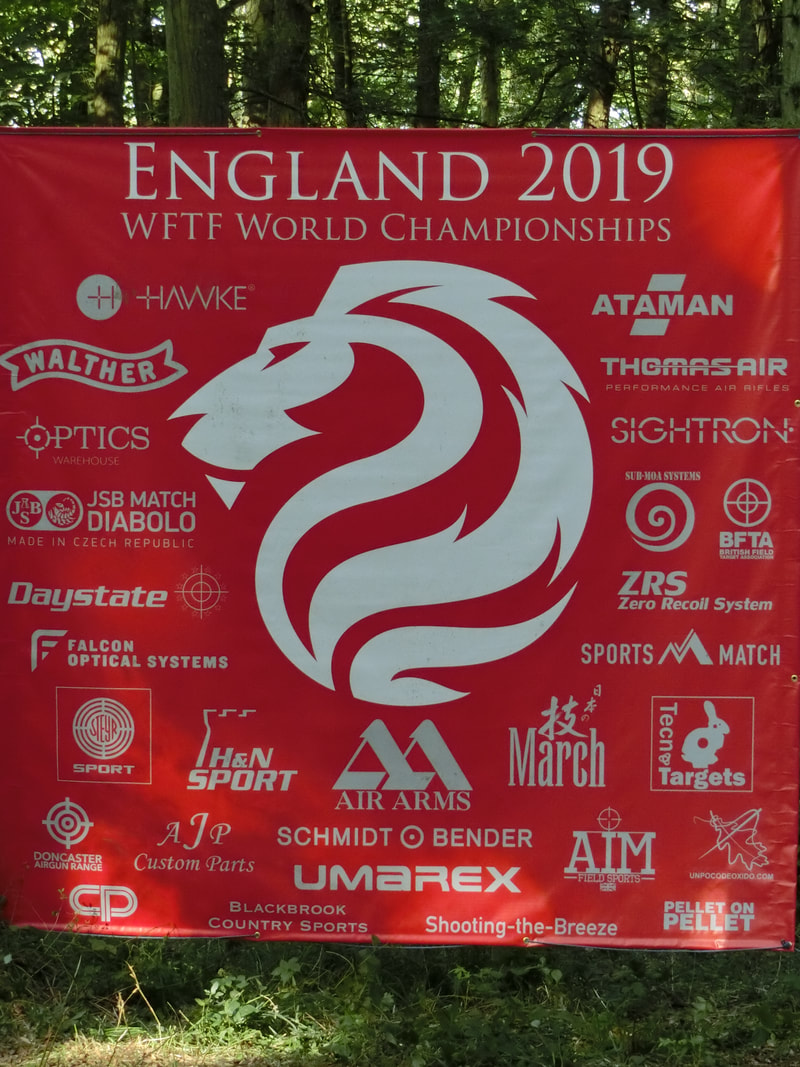

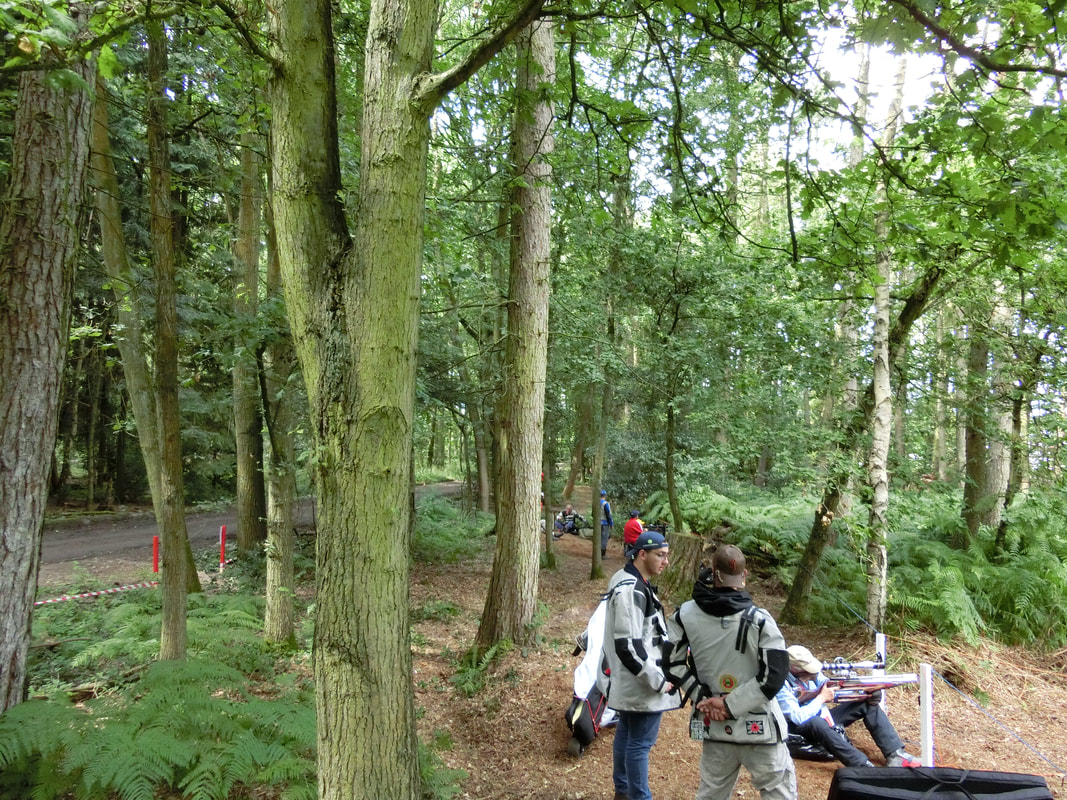
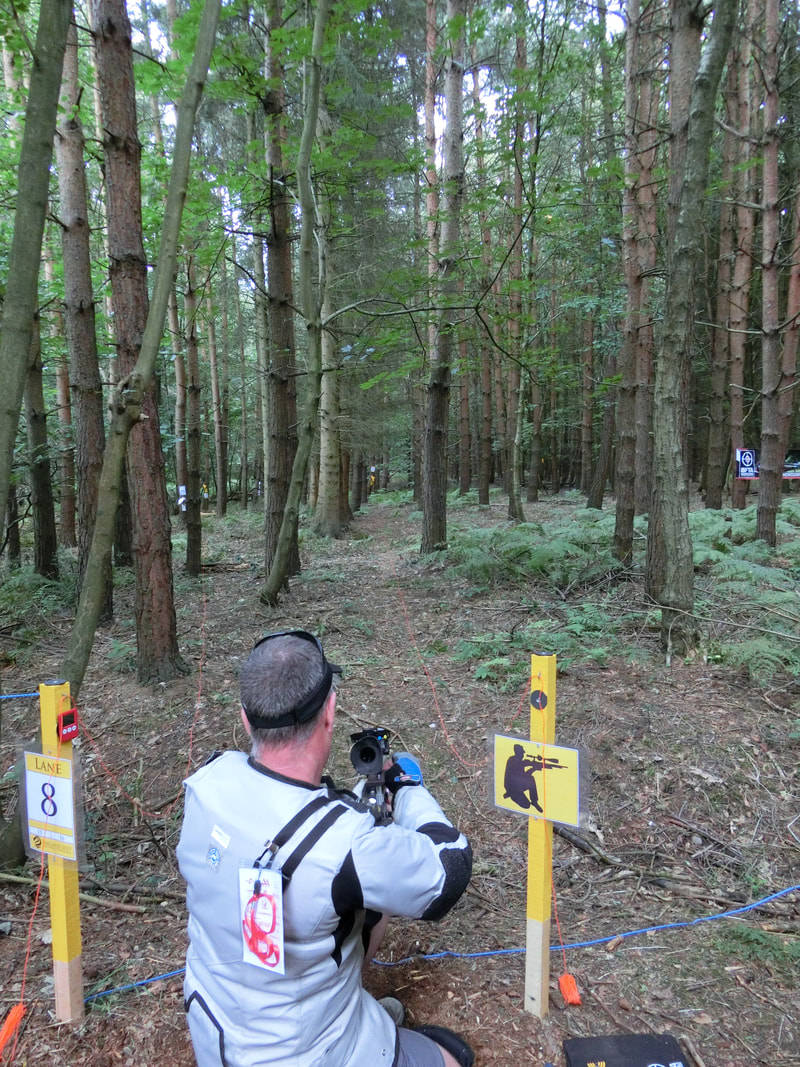
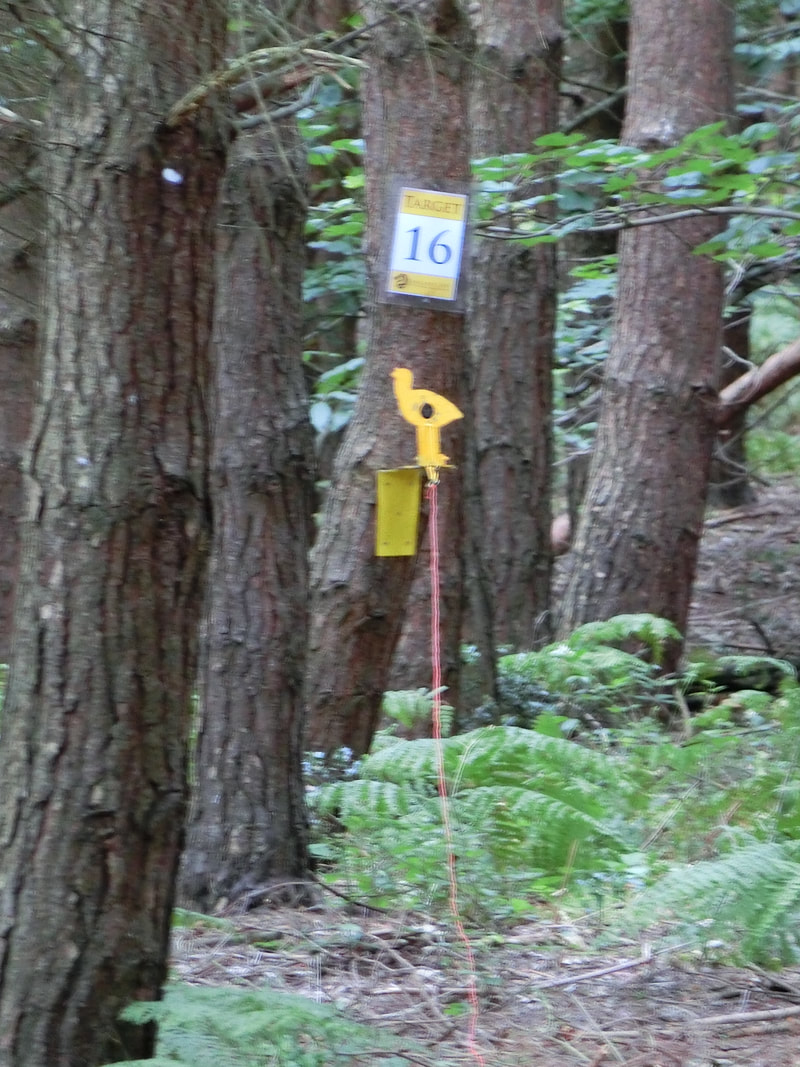
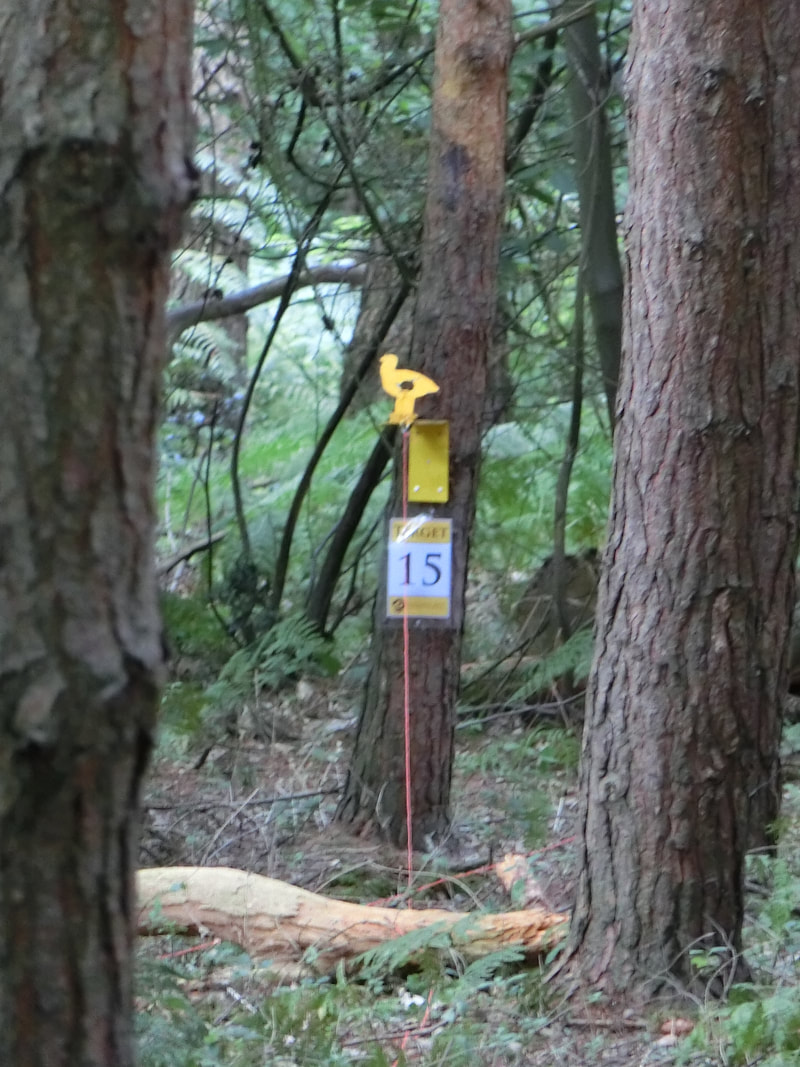
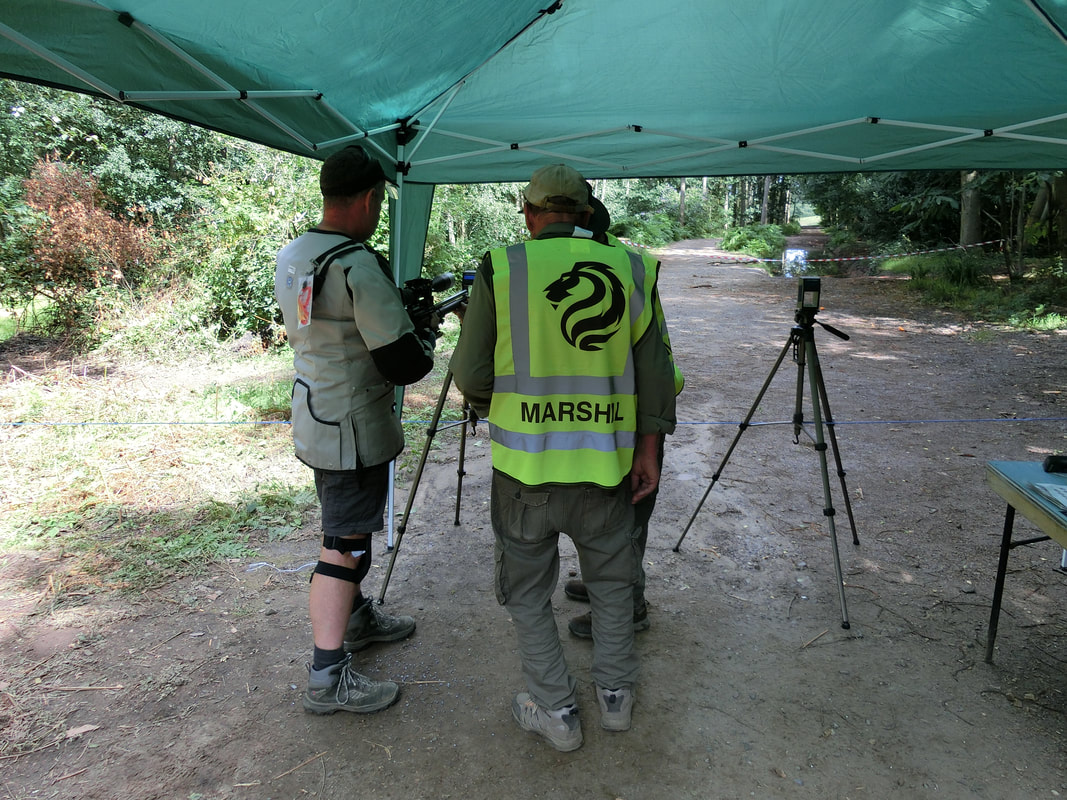
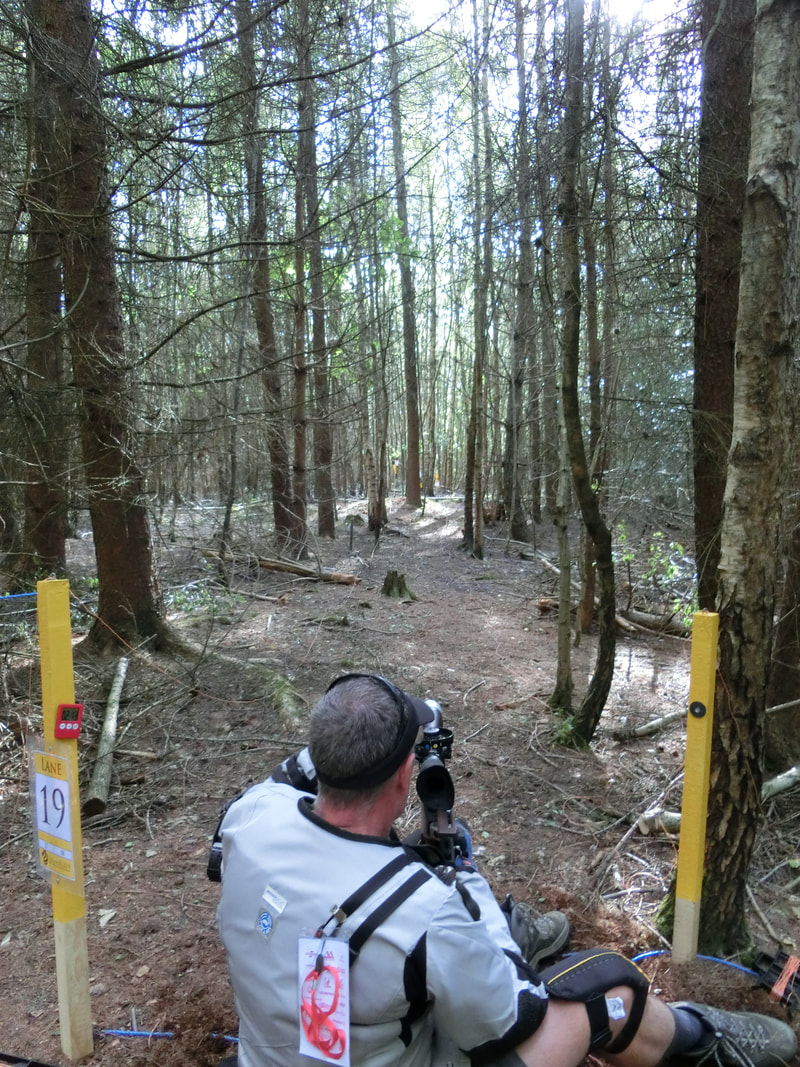
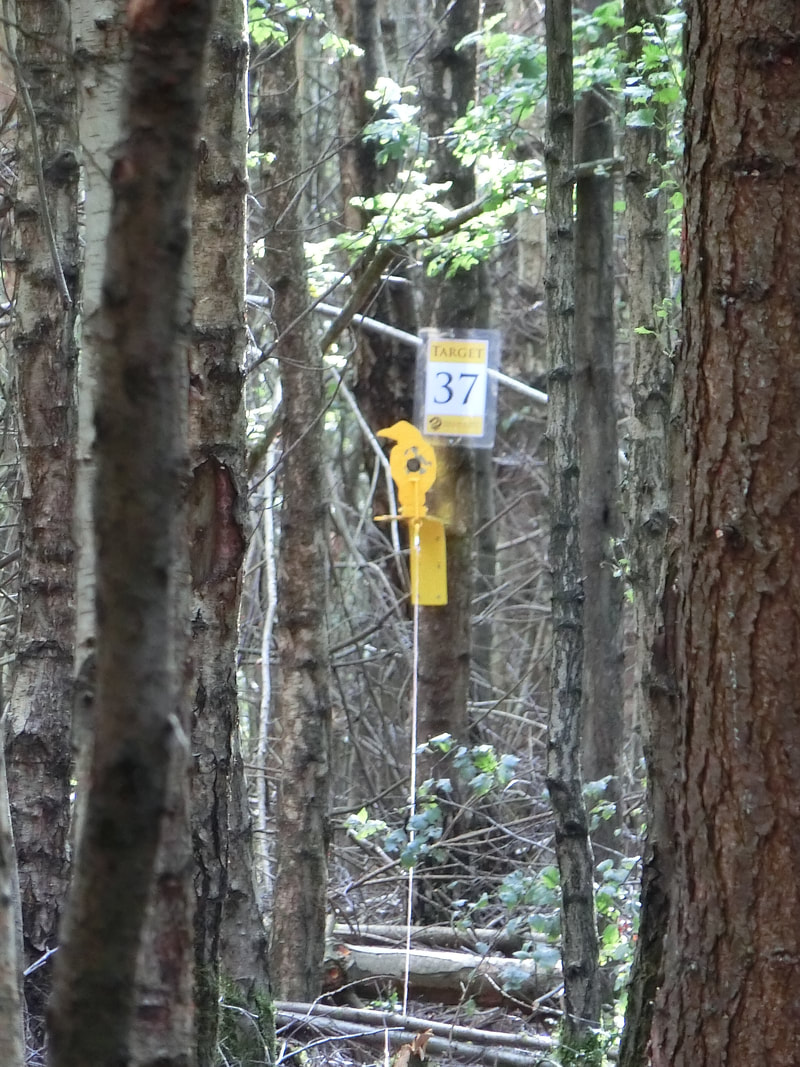
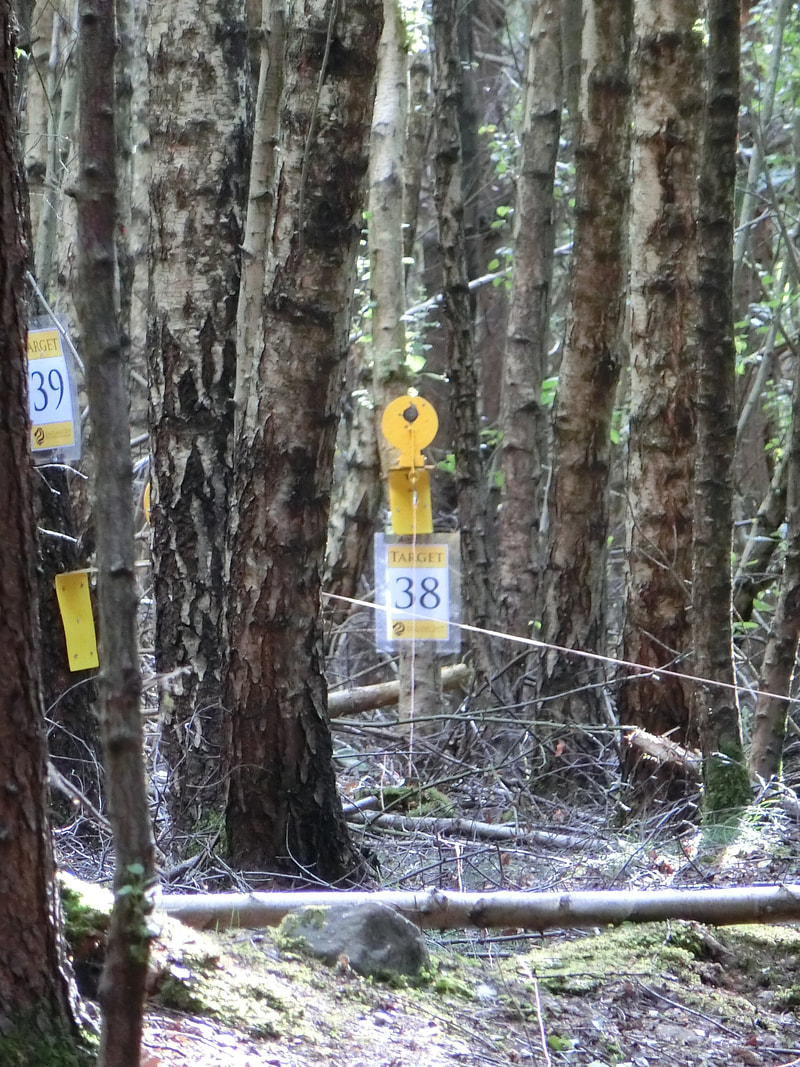

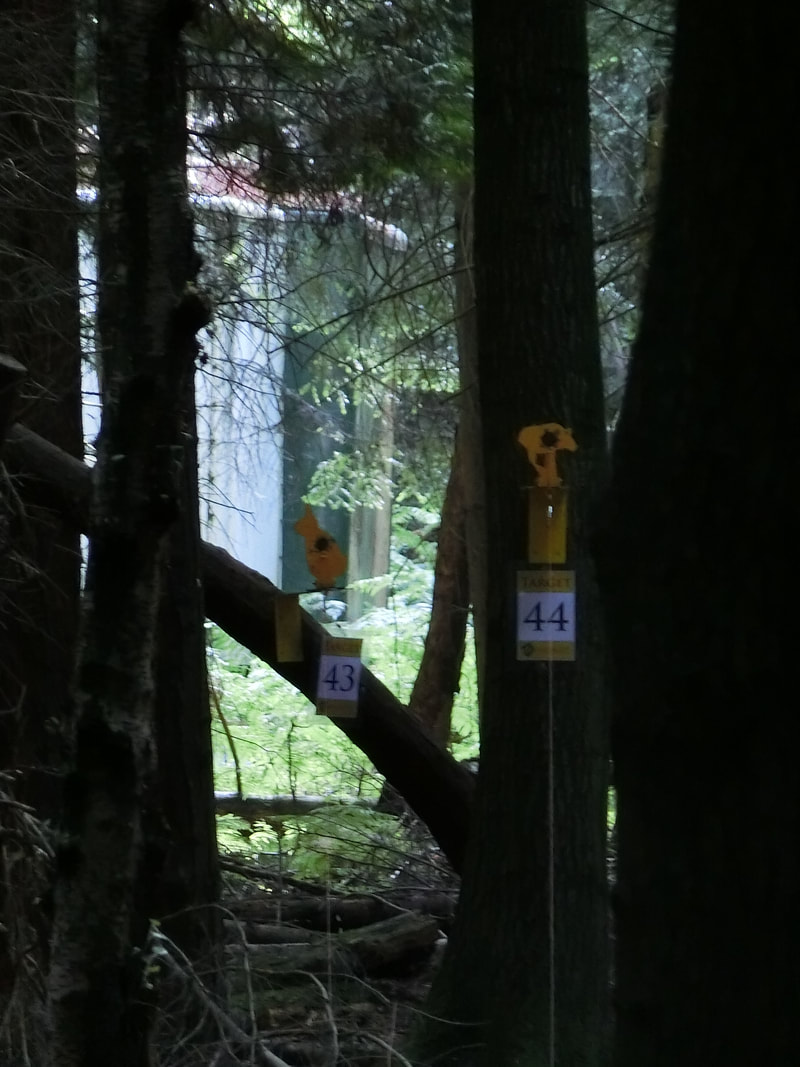

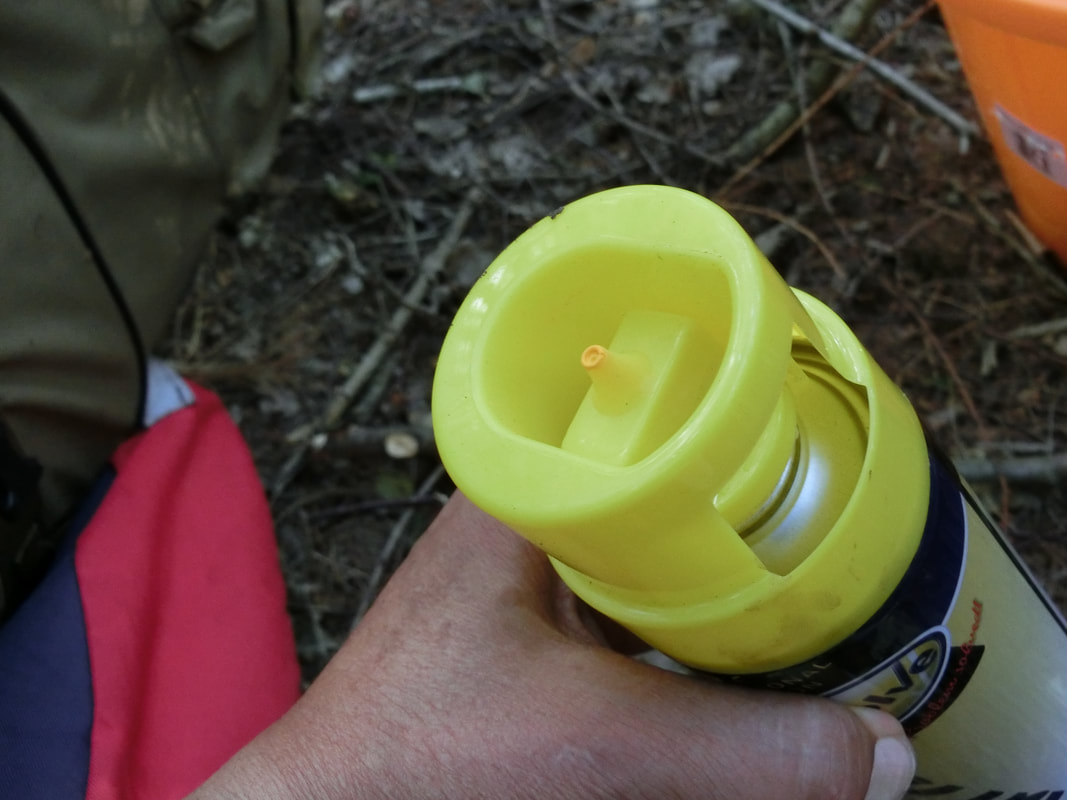

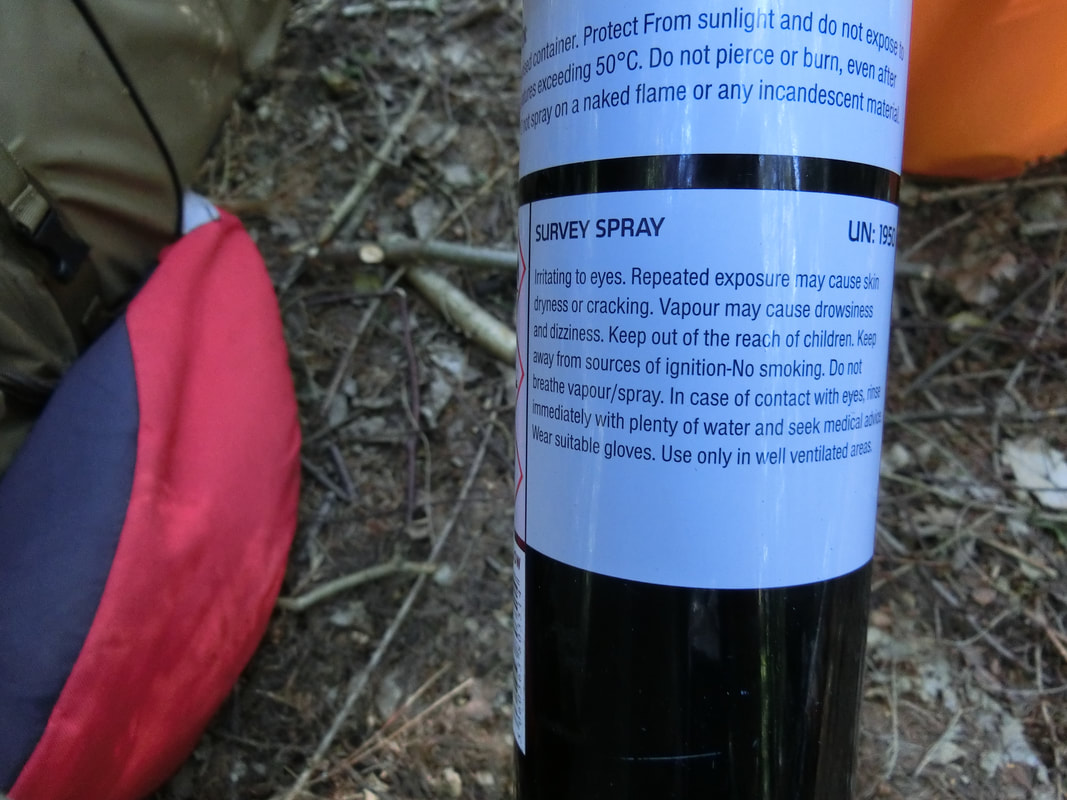
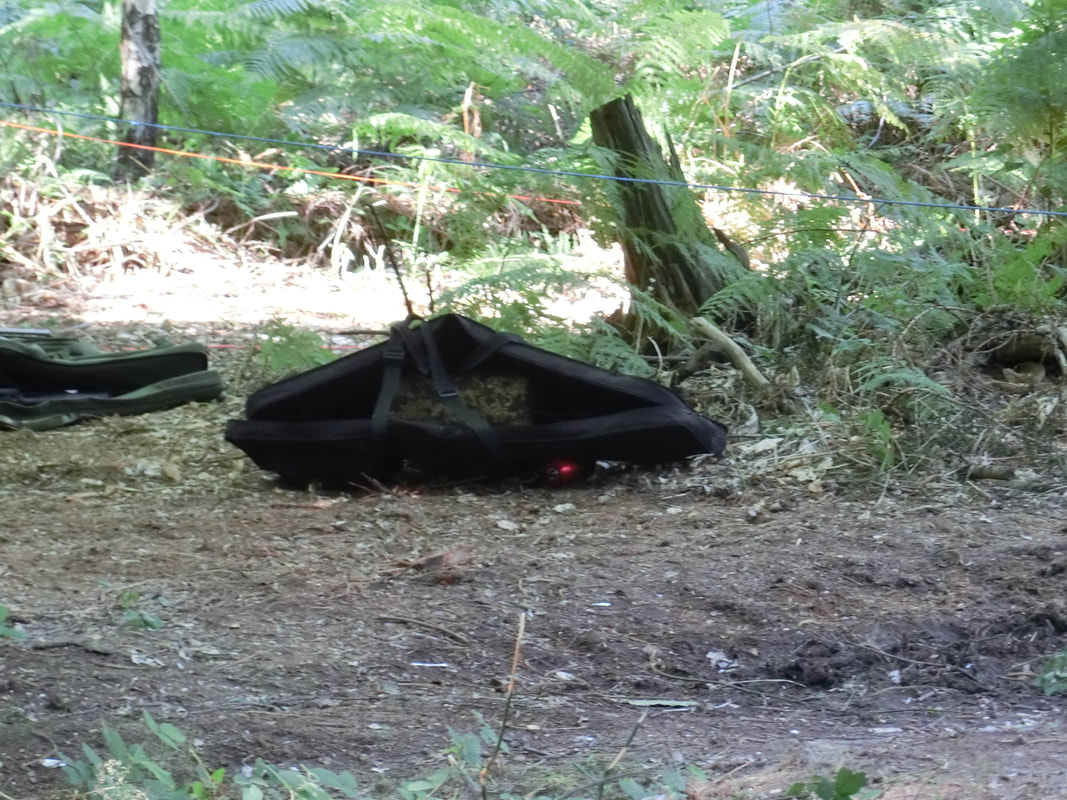

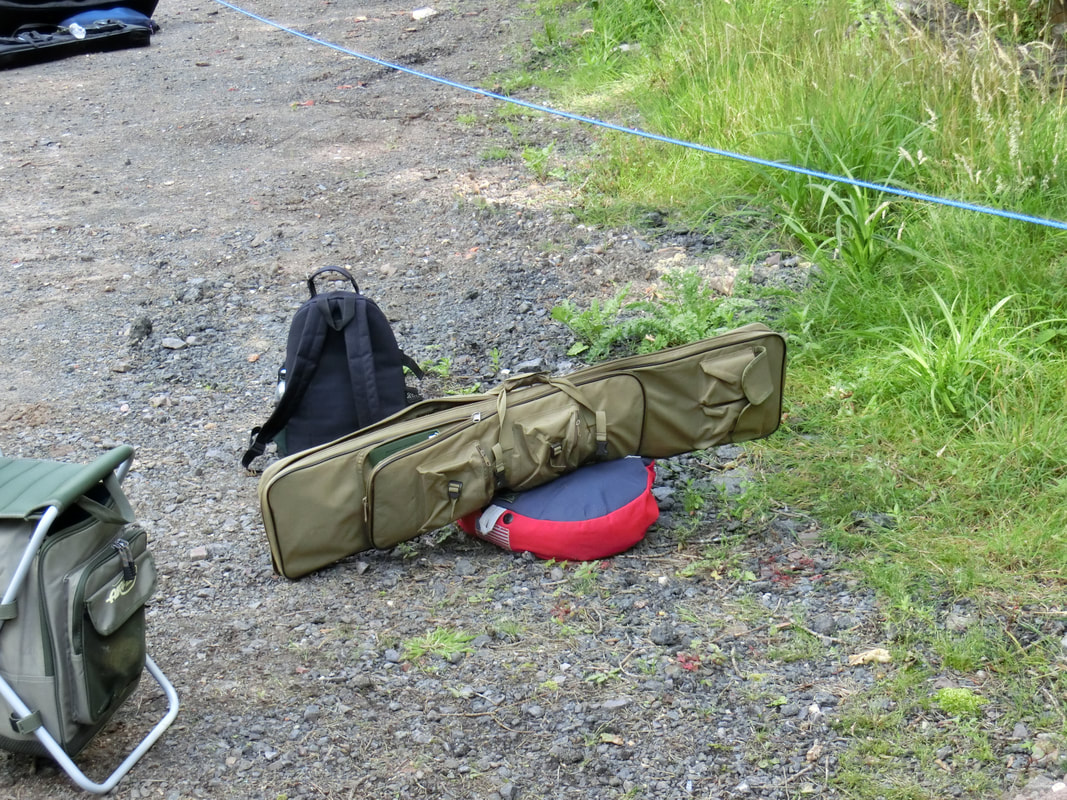
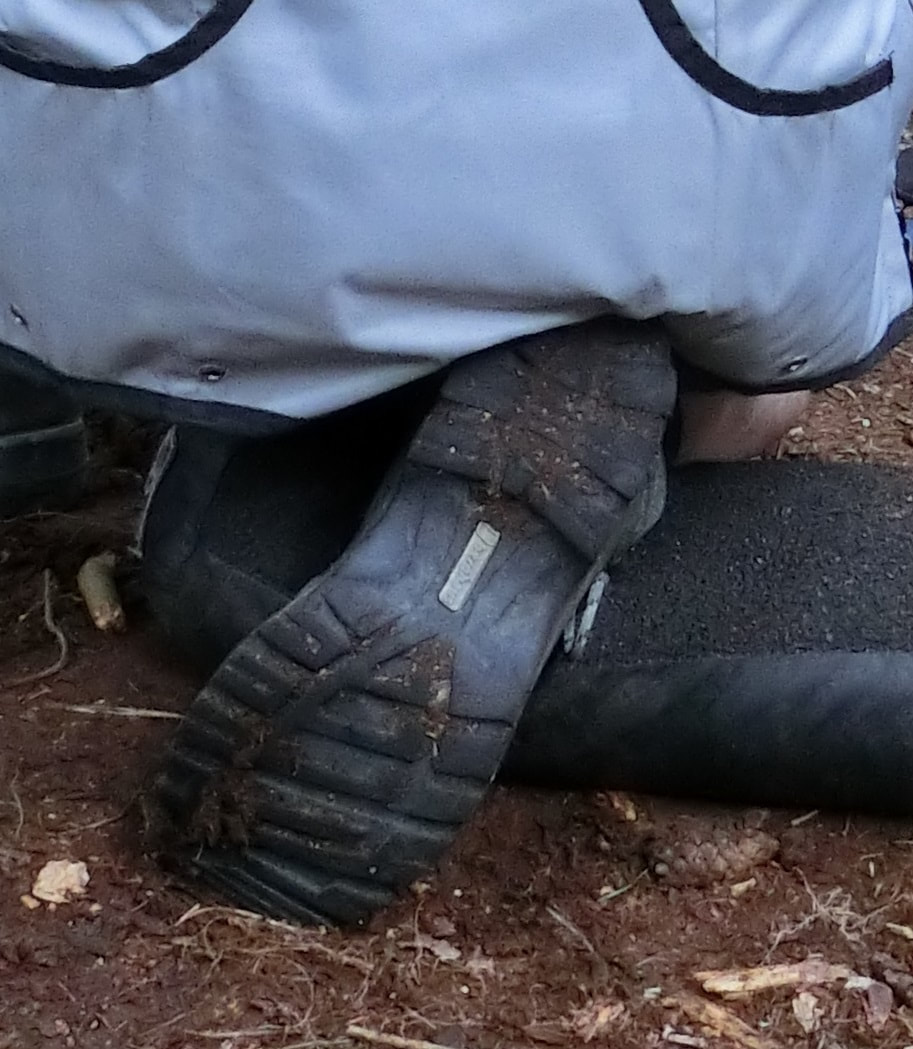
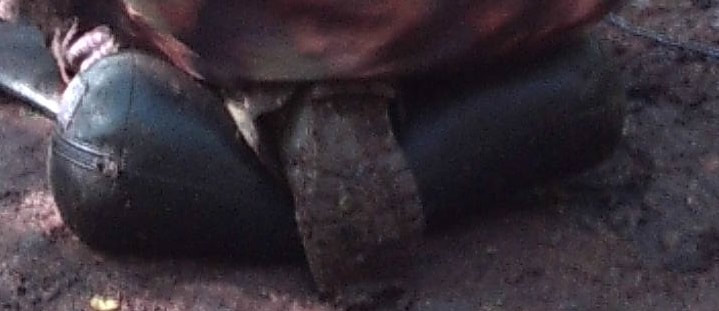
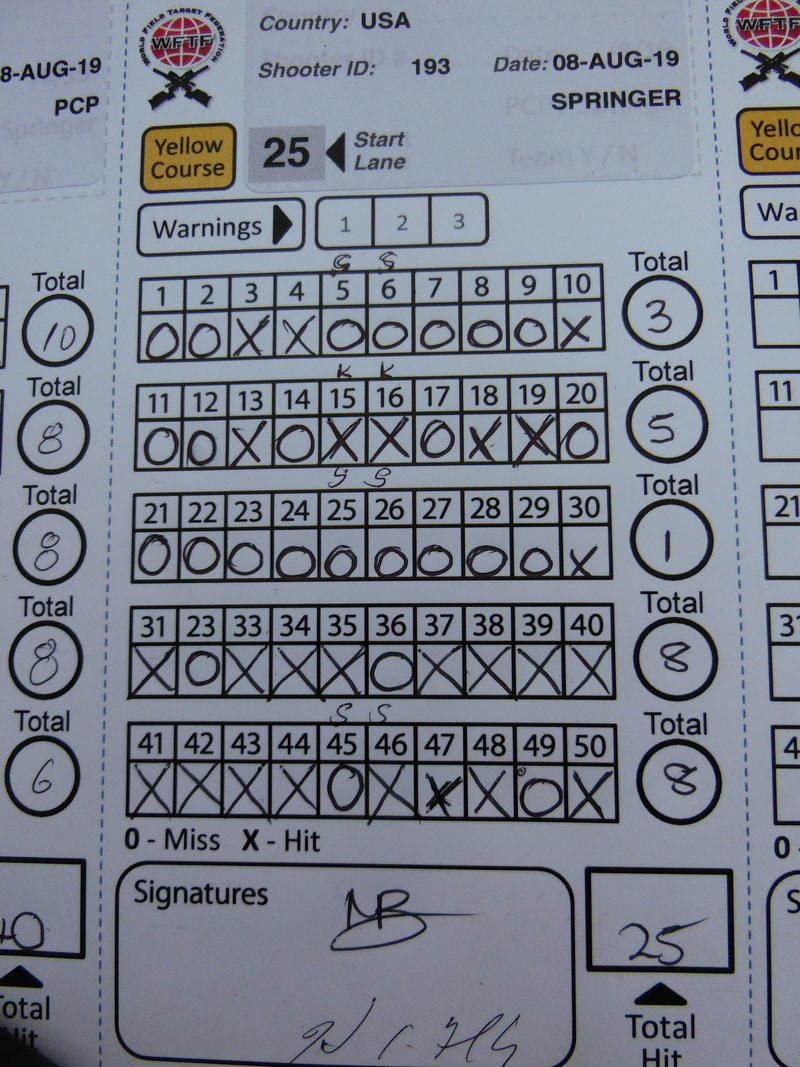
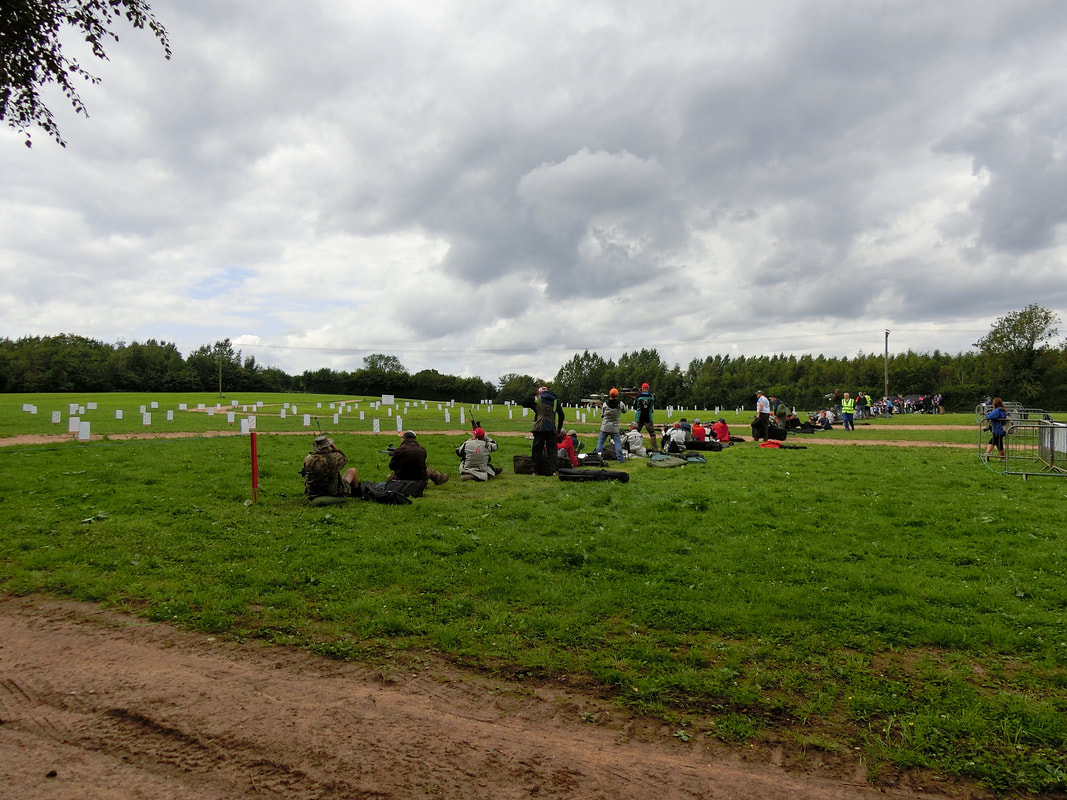
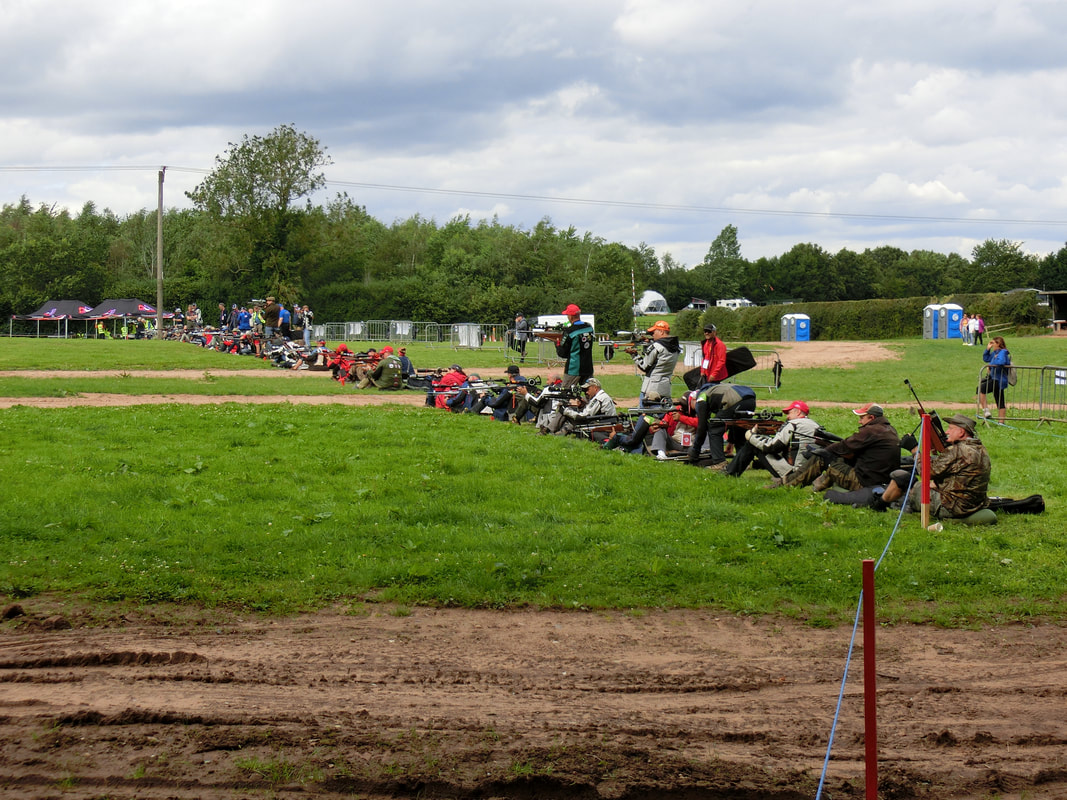
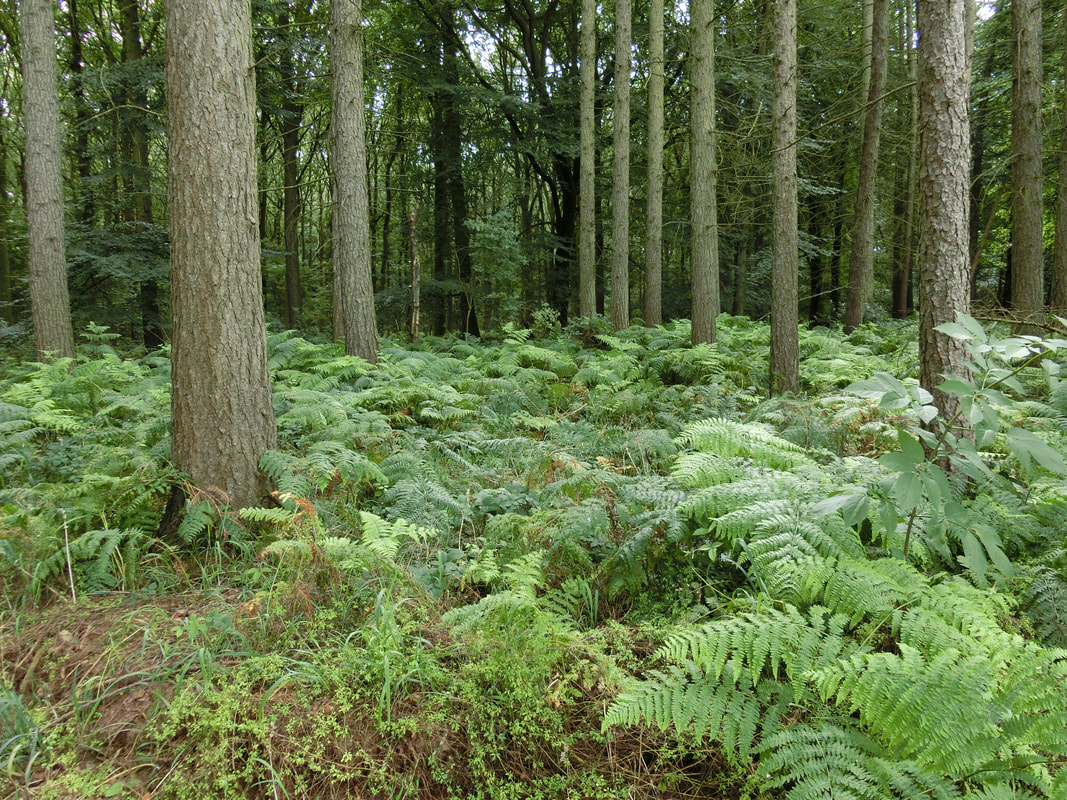
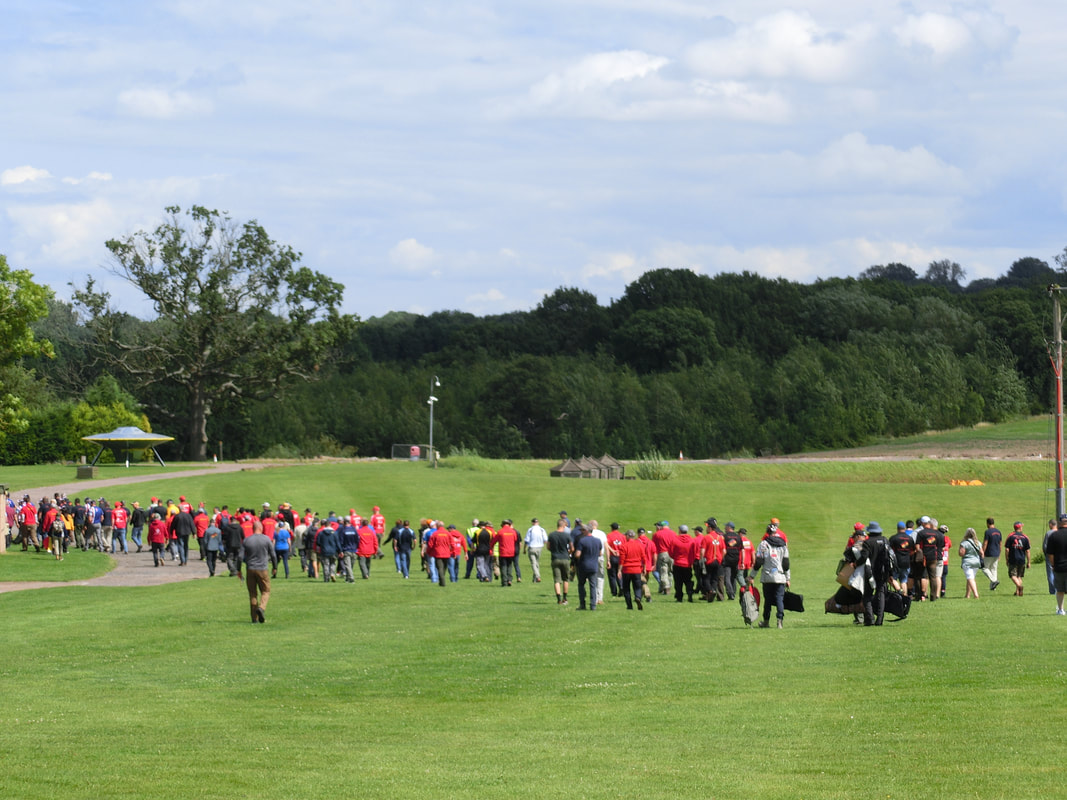
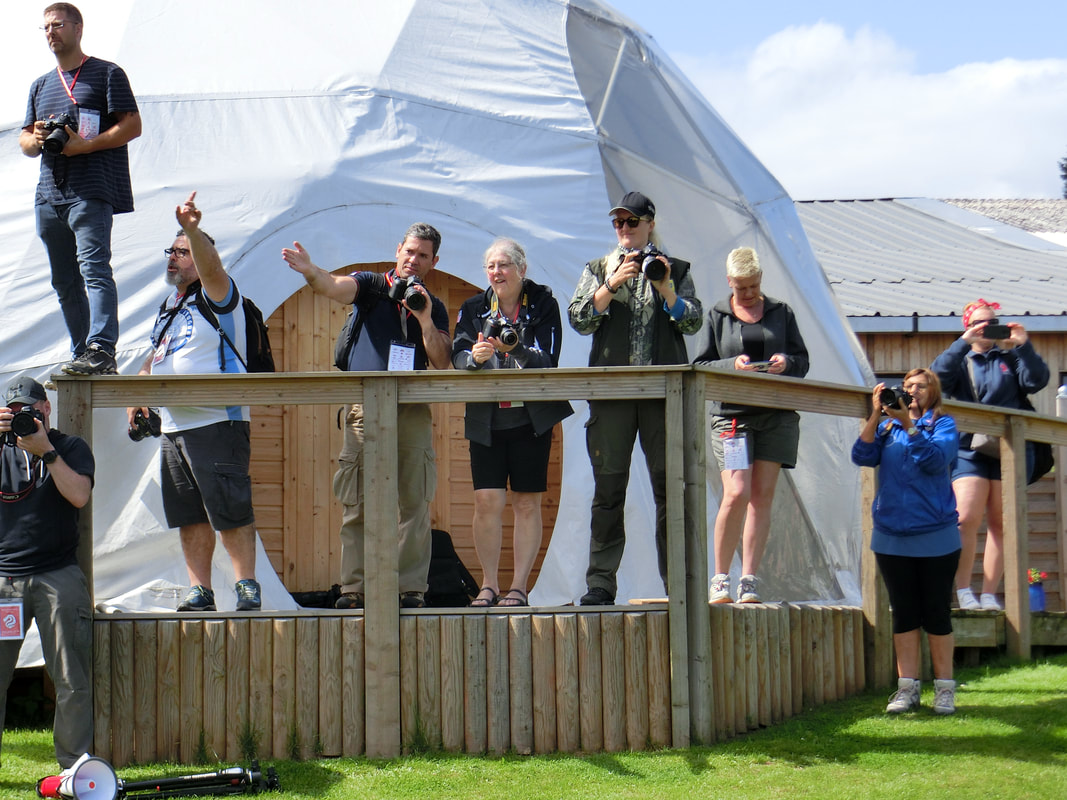
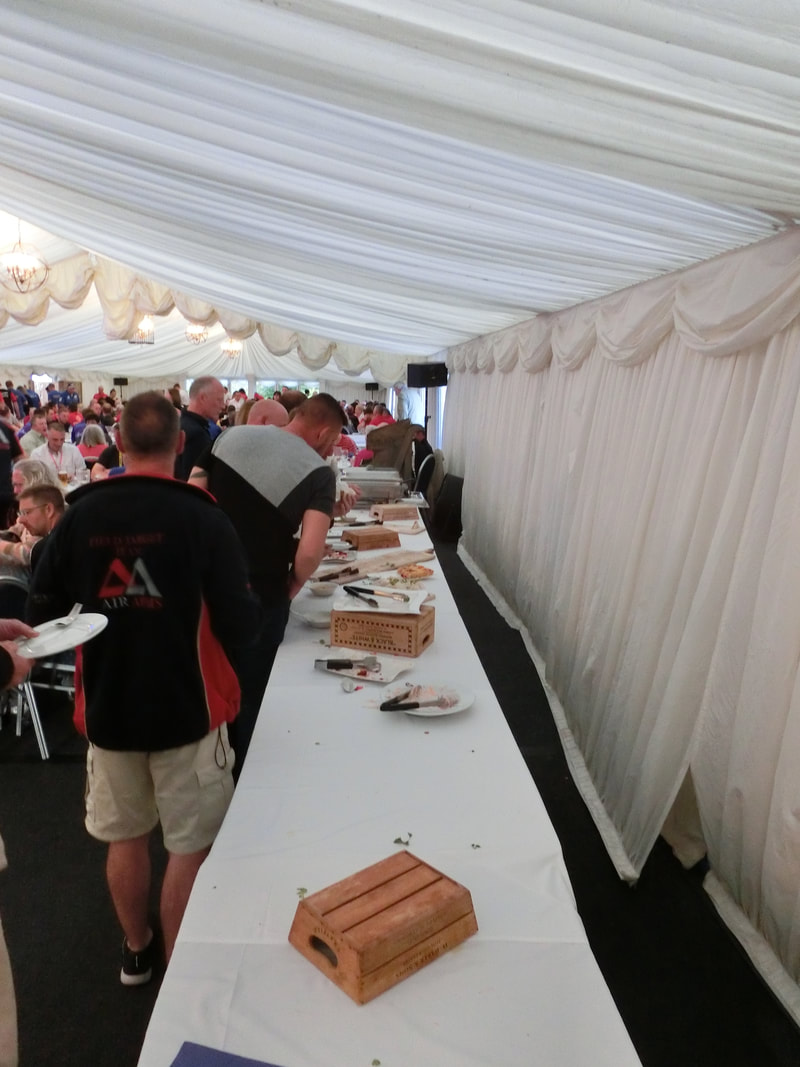
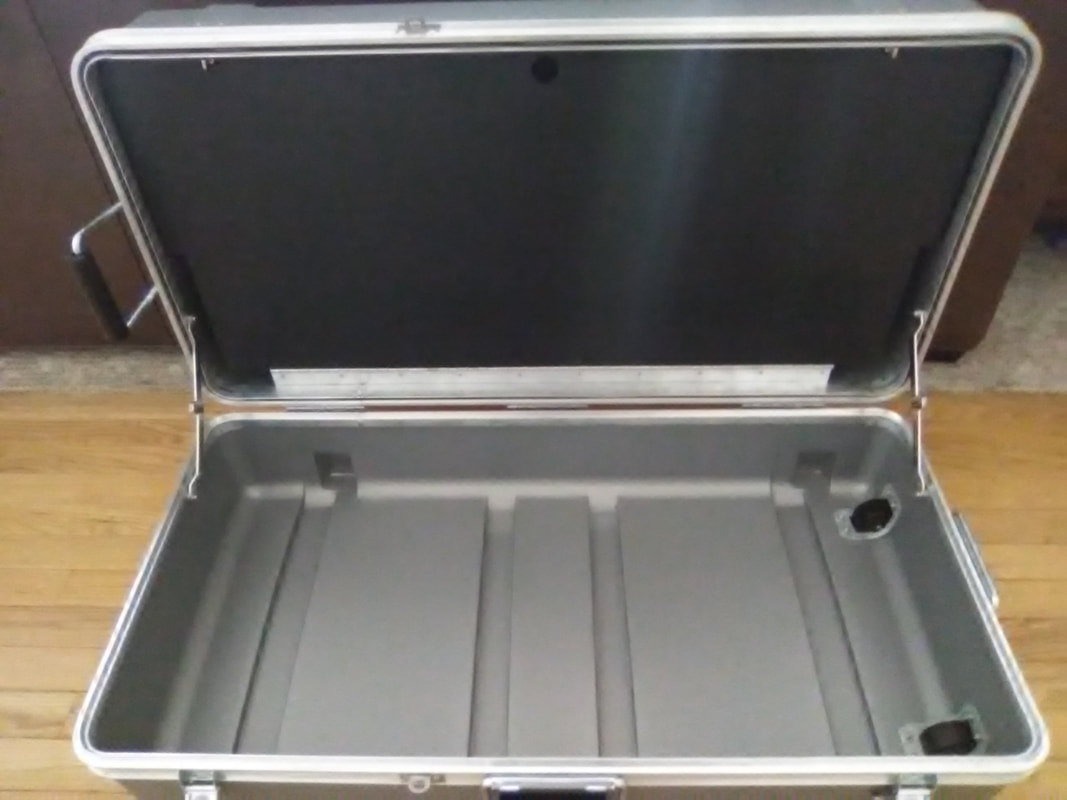
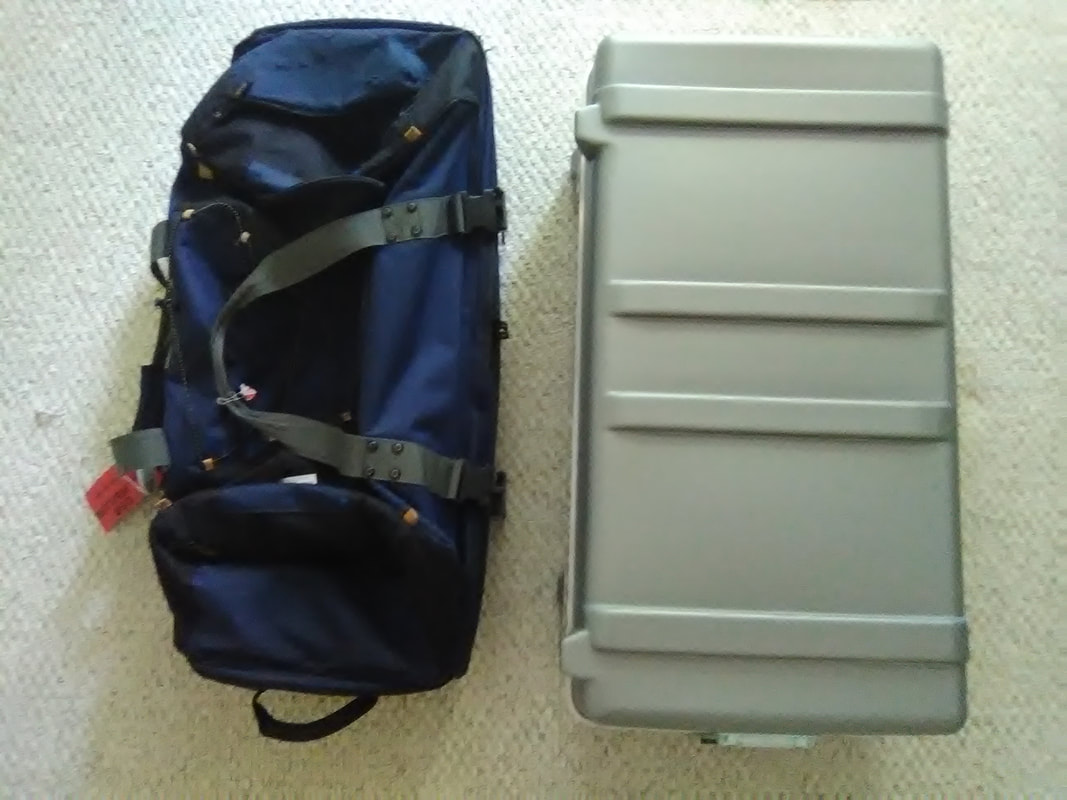
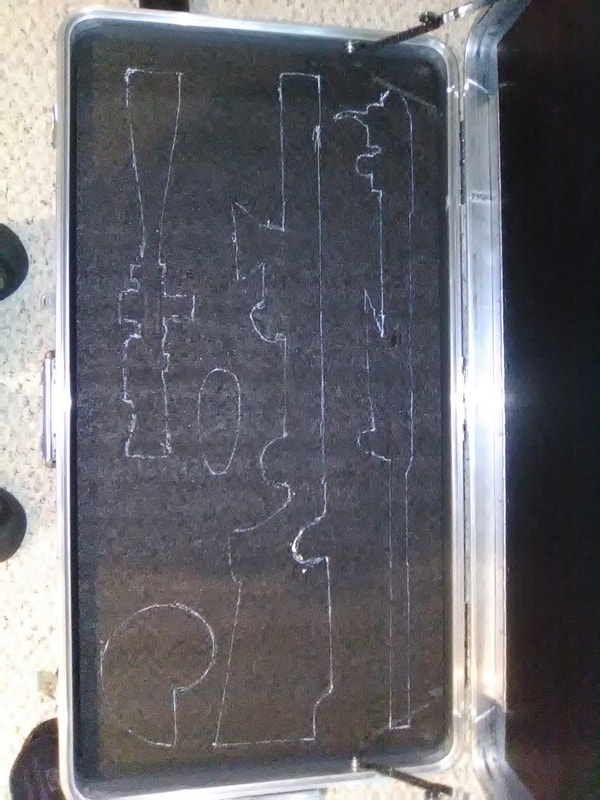
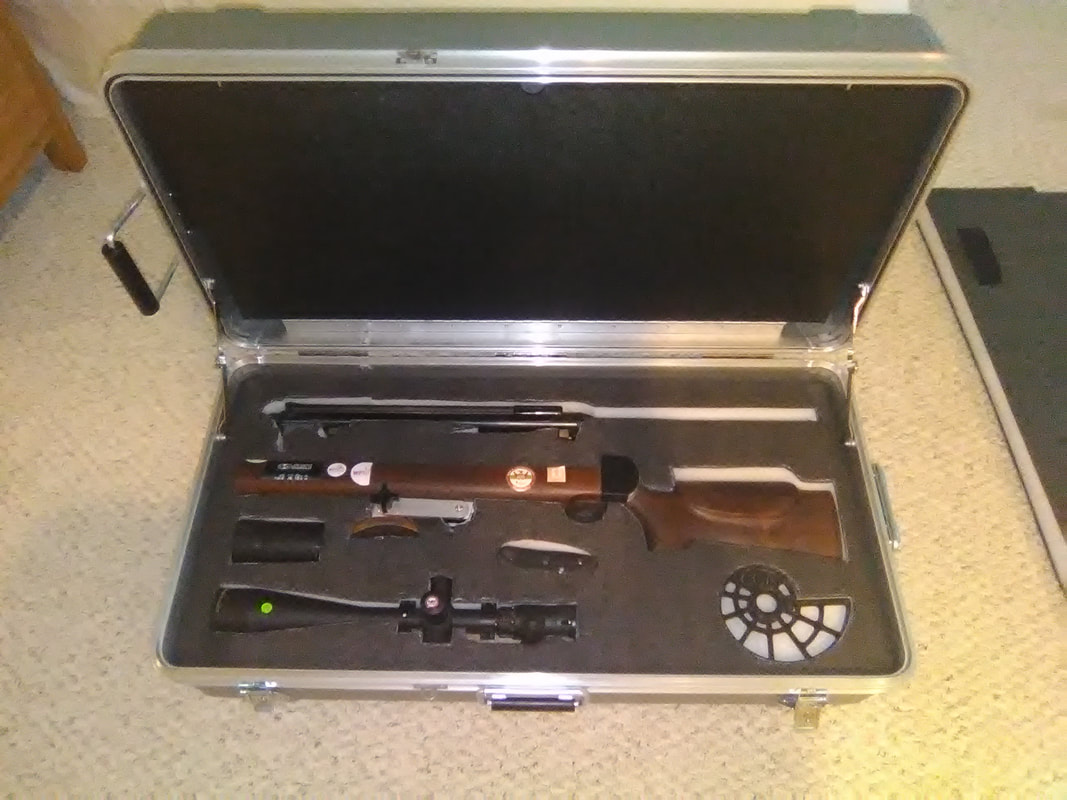

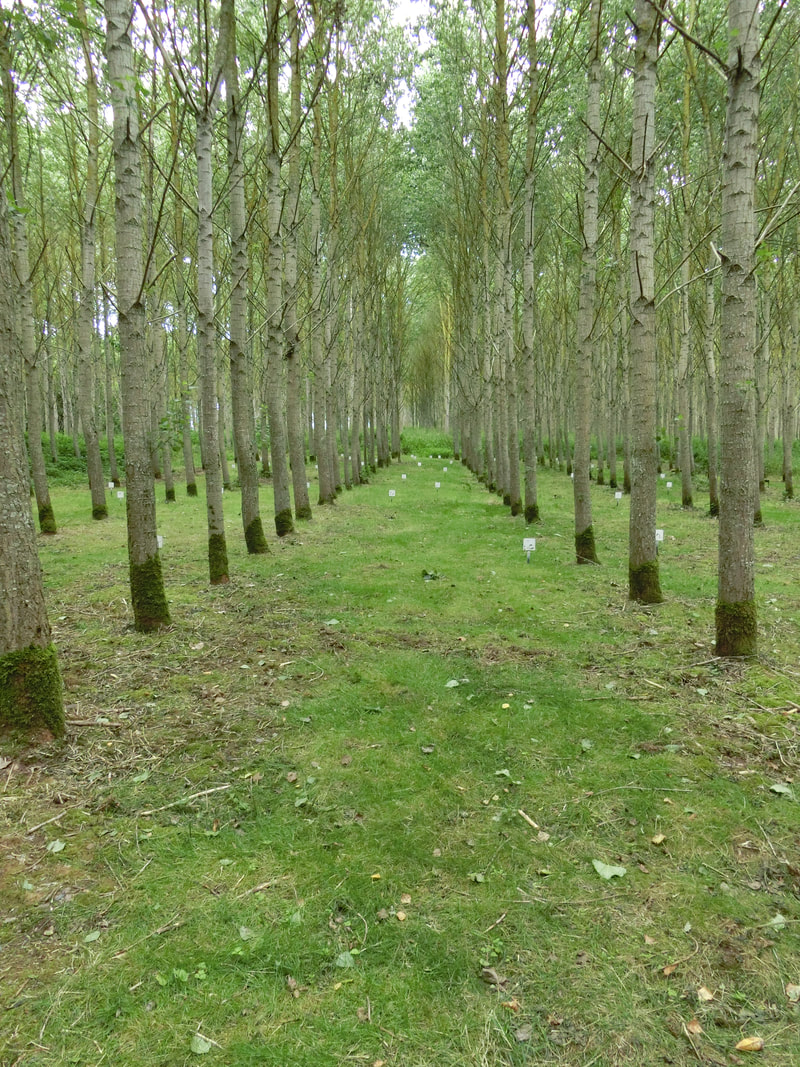
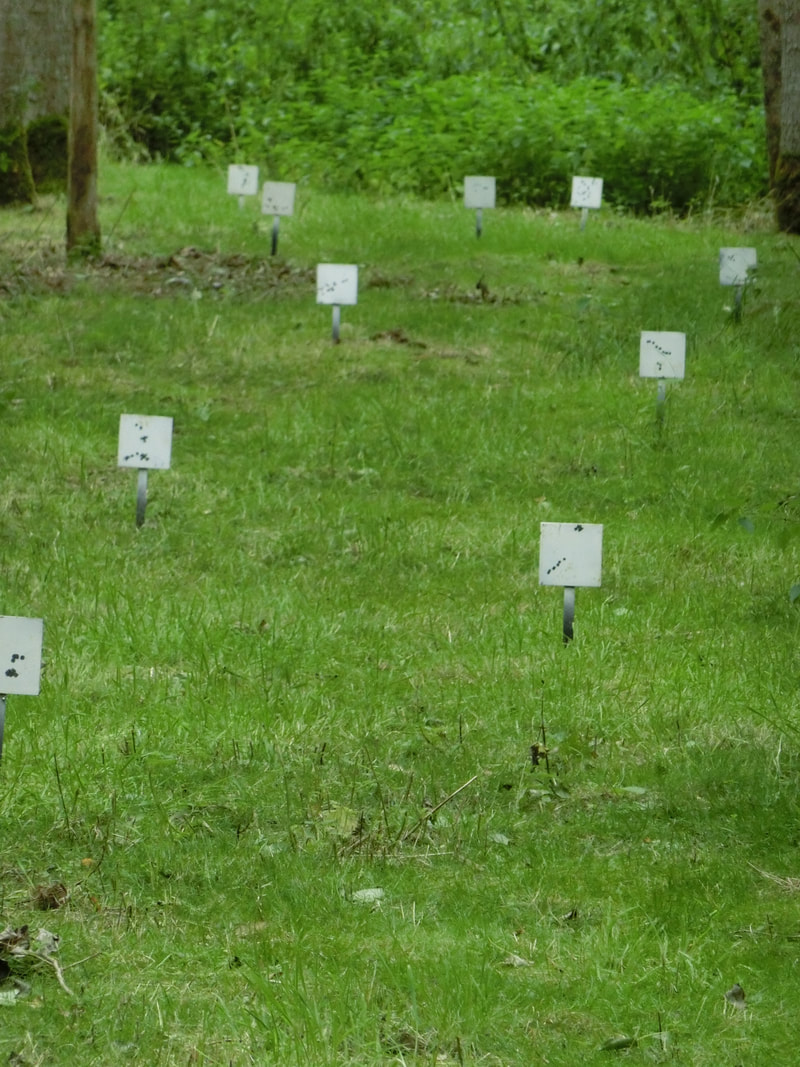
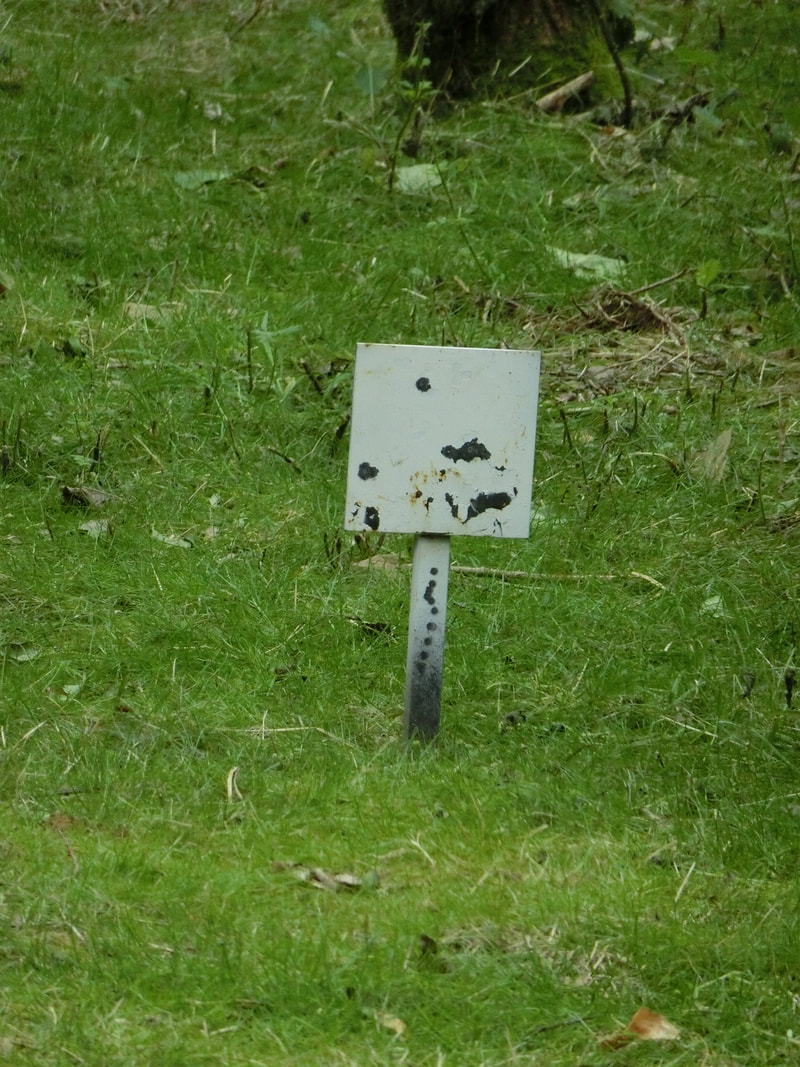
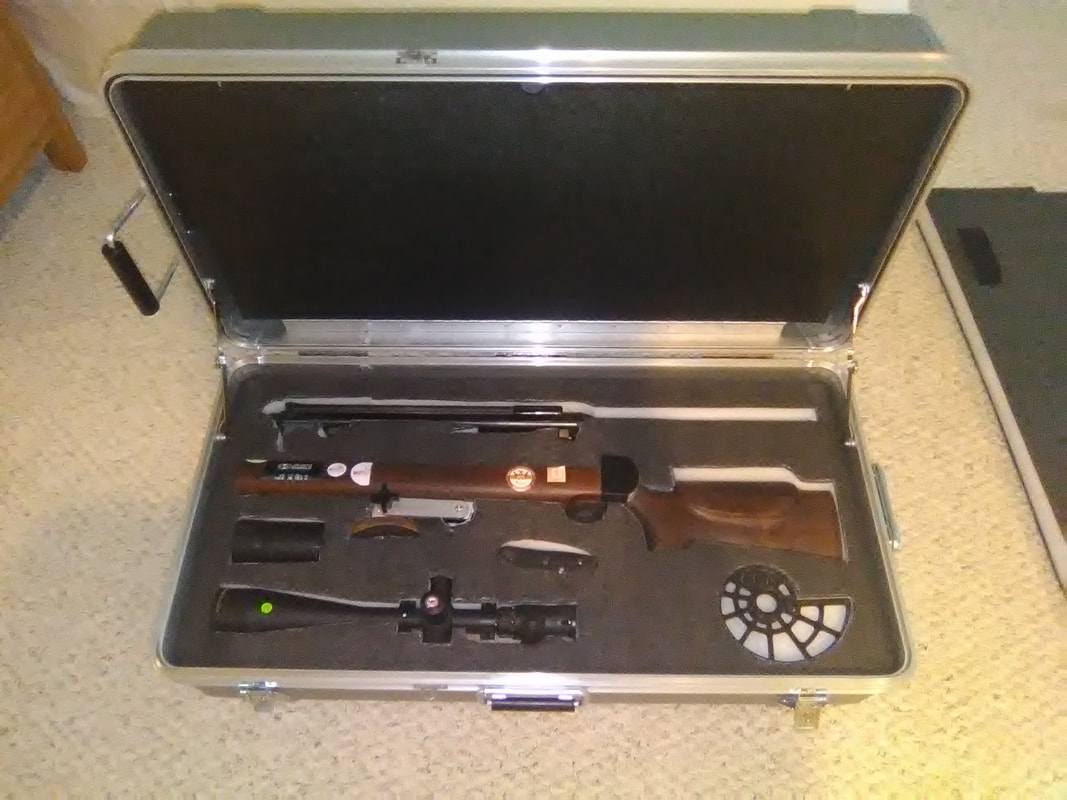

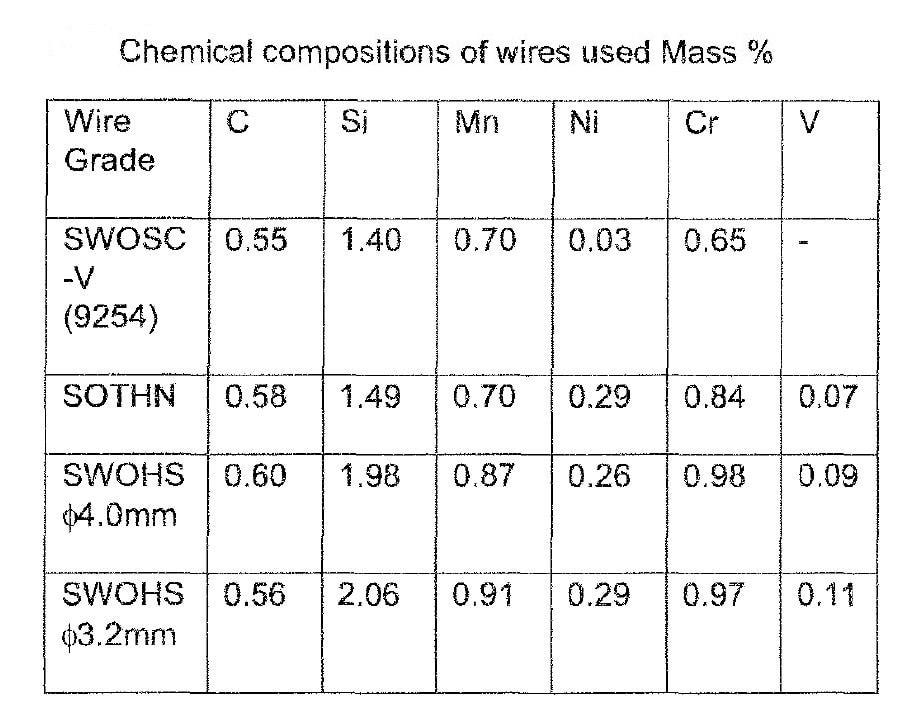
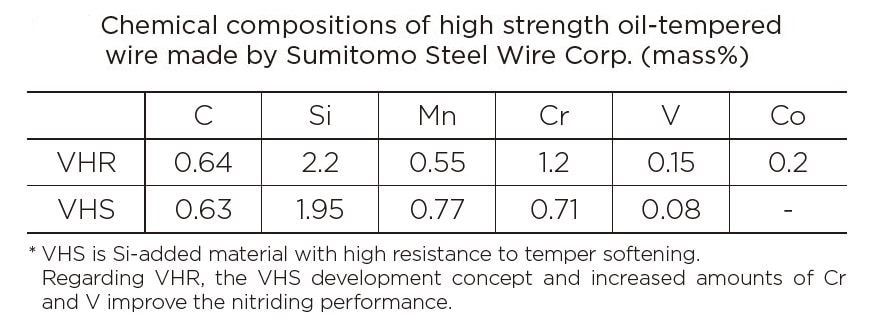
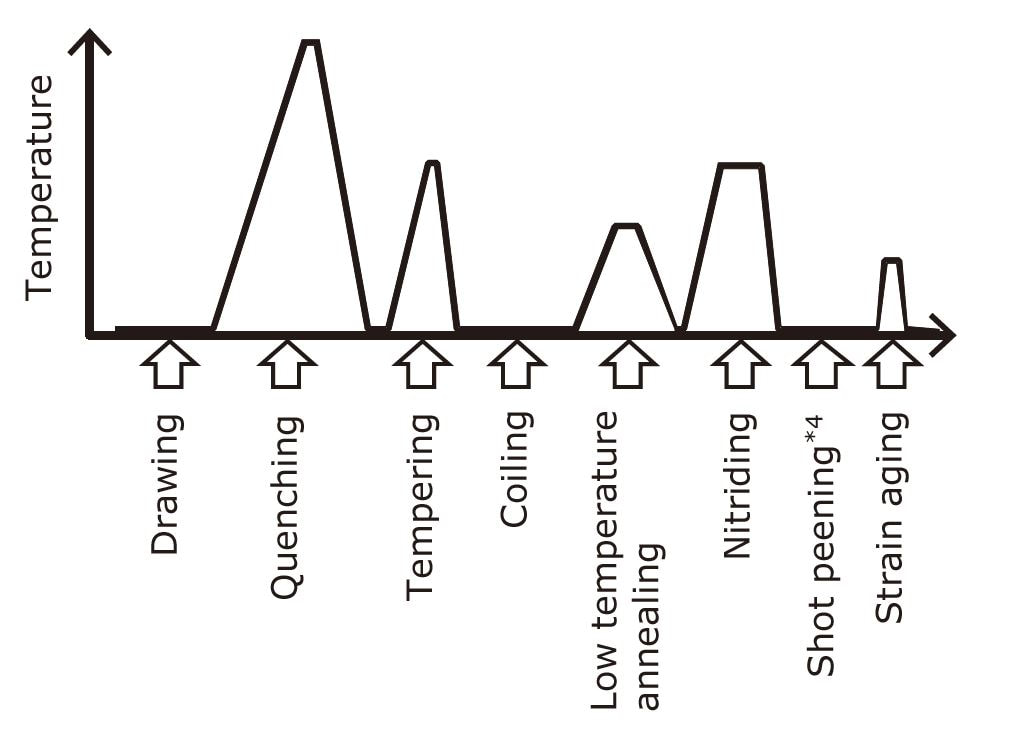
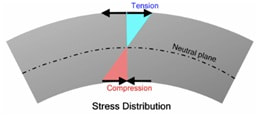
 RSS Feed
RSS Feed